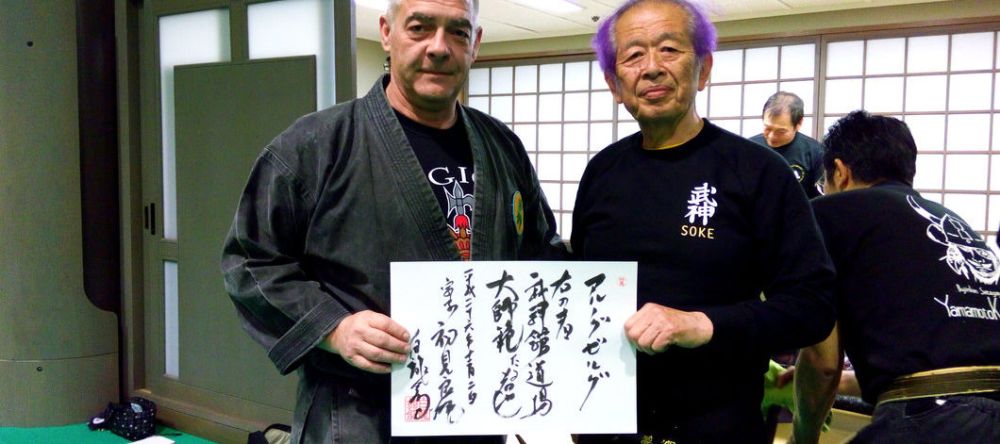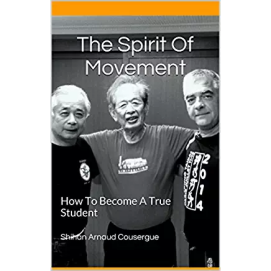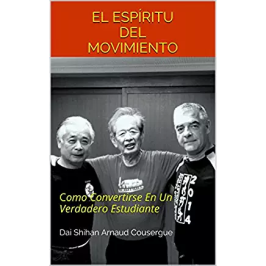From Classical Martial Arts Research Academy by Pertti Ruha
There are two kanji characters for the concept of kata in the battle art, one is interpreted as form [型] and the other structure [形], i.e. what is in the form. Both of these contain a sign for “imitating reality” [幵], i.e. kata has always had the purpose of “reality based” training.
There is another third character, [方], which is pronounced as kata and means direction or direction, and which can sometimes be used as a related word.
The very earliest martial arts, known as the kaden (family traditions; 家伝), those that were created before the Edo period (1603 – 1868) originally had no kata. These first appeared later in the 17th century.
In the oldest makimono (scrolls; 巻物) known, for kenjutsu, jujutsu, yari etc, the word kata was not used at all. The words used were “uchi tachi” and “shi dachi“. In one of our original documents, Kyussho ratsugi, which is part of the Amatsu Tatara collection of chronicles and described only the very principles and concepts, i.e. what to do. The answer to the question how the principles were put into practice was transferred as the kuden (oral transmission; 九伝) , verbally from teacher to student. It’s a bit like reading Sun Tzu or Sanryaku, the ideas are presented, but not how they can be used in individual situations. We have several hundred kata in our schools, but they are completely useless if you have not learned the kuden that belong to them.
The form of kata used in karate, for example, and similar modern martial arts came much later, only during the end of the 19th century. Then the purpose was to teach large numbers of students new techniques. The schools that changed their pedagogy from transferring quality to managing quantity were already named “shin ryu” (new schools; 真流), a term that is a bit funny because many of these schools are today called “ko ryu” (old schools; 古流).
When kata was created for describing principles and concepts, then the need to name them and the principle it contained also arose. Many names, concepts and ideas come from Buddhism, theater, archery, Noh, ikebana, sado, poetry, etc. In Gyokko-ryu, for example, it is said that the innermost secrets are embedded in the kata name.
Kata can be interpreted as a sequence or modulation of previous masters’ movements. If the student knows how to read the description and has the tools in the form of the kuden to decode the information, there is much to deepen in. The problem with kata is that they can easily become rigid and “die” unless the kuden is properly decoded by the student. Some parts can be lost over the years, such as distance, kukan, juppo sessho, rhythm, breathing or to change the weapon technique or tactics.
By definition, it is not possible to describe a master’s movements, either in writing, image or verbally. There are many aspects that the learner must learn “heart to heart” – this is called hiden (secret transmission; 秘伝).
It’s like a teenager trying to understand their parents. You probably won’t do this until you have become a parent yourself.
A master’s movements can be likened to a stream running down a mountain side. A kata trying to describe this becomes inevitably rigid and clumsy. A kata can never describe anything spontaneous and natural, but it can describe its various aspects of it, which then the student must juggle in his own body and mind. Many old kata have names that are very poetic, which include concepts such as clouds, fog, running water etc, in order to describe another dimension.
Another problem we have today with kata comes from modern martial arts. When moving from educating a handful of students to mass training of hundreds of students, one had to create standardized techniques that were taught in a ritualized form. And from here, the wrong belief also stems that even in koryu kata is about learning techniques on a ritualized set.
One simple example is our “tsuki kata” (thrust form; 突型). If you consider this as a technology to be used in emergency situations, you are wrong. But if you understand the kuden that is attached to it, namely that it is important to repel the opponent so that he does not, despite being hit and seriously injured, continue his movement path and even manage to meet me with his weapon.
Compare with sword; if the enemy cuts with a sword against the us and hit with “hiki kiri” – pulling cut, then we, after the hit may still complete our chop and thereby seriously hurt us. On the other hand, if you have understood the danger in this and use “oshi kiri” – pushing cut, then the opponent is discarded. In martial arts contexts, it does not matter if you meet with “hiki or oshi“, because it is the one who meets first who gets the score.
One can divide all kata a little loose into two categories; Tanren gata and Shinken gata.
The tanren gata (鍛錬型) is exercises for “forging and polishing” motor skills and physics in order to use the bio-mechanics of the tradition. Ukemi kata is a typical Tanren.
Shinken gata (真剣型) is for real combat and represents tactics that of course also include abilities that have been practiced with Tanren gata.
Kihon Happo is a genric piece made by one of the old masters. For beginners it is a Tanren gata and for the advanced students it is a Shinken gata thanks to the kuden, but for those who have gained insight via hiden, the content is raised another level to also include “kaname” (the deepest principles; 要).
During the Edo period, there was also the Hyoen gata (表厭), techniques shown at public and public demonstrations, to attract students to school and to make money. Many koryu schools of today consist of many Hyoen forms, but it is not always the practitioners of these schools are aware of it because the kuden has been lost over the years.
An image can be seductive. Below is Hatsumi sensei and kamae. Is it out of the Shinken gata or the Hyoen gata? Just Kuden can reveal the purpose of this and if you have faced Soke when he assumed this position, maybe you even have managed to capture the hiden.
this article originally appears on Pertti Ruha’s blog HERE.…








